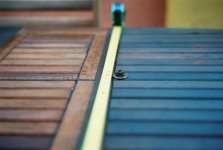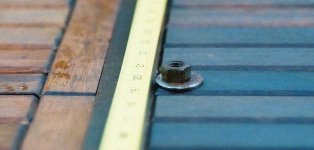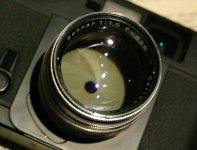raid
Dad Photographer
Brian Sweeney got me the J-3, and he once wrote:"Raid: I think your lens is from 1962. It was one of the sharper of the bunch, despite the cleaning marks. It has the "eyeball with optical ray" logo, right? Walker (Doubs43) told me that they were produced in smaller numbers with higher quality control, by a subsidiary that made lenses for the military."
... to which Doub43 said: " That is correct according to Princelle's book. The "ZOMZ" (eyeball-light ray logo) factory was under the KMZ military-industrial complex umbrella and backed up the main plant. Princelle says that the ZOMZ-made chrome LTM J-3 is "uncommon" and the same lens in Kiev mount is "rather rare". Plants that manufactured for the military generally had better quality products from all I've been able to learn.
Walker"
Thank you, Brian. I love such little pieces of history.
Raid
... to which Doub43 said: " That is correct according to Princelle's book. The "ZOMZ" (eyeball-light ray logo) factory was under the KMZ military-industrial complex umbrella and backed up the main plant. Princelle says that the ZOMZ-made chrome LTM J-3 is "uncommon" and the same lens in Kiev mount is "rather rare". Plants that manufactured for the military generally had better quality products from all I've been able to learn.
Walker"
Thank you, Brian. I love such little pieces of history.
Raid





